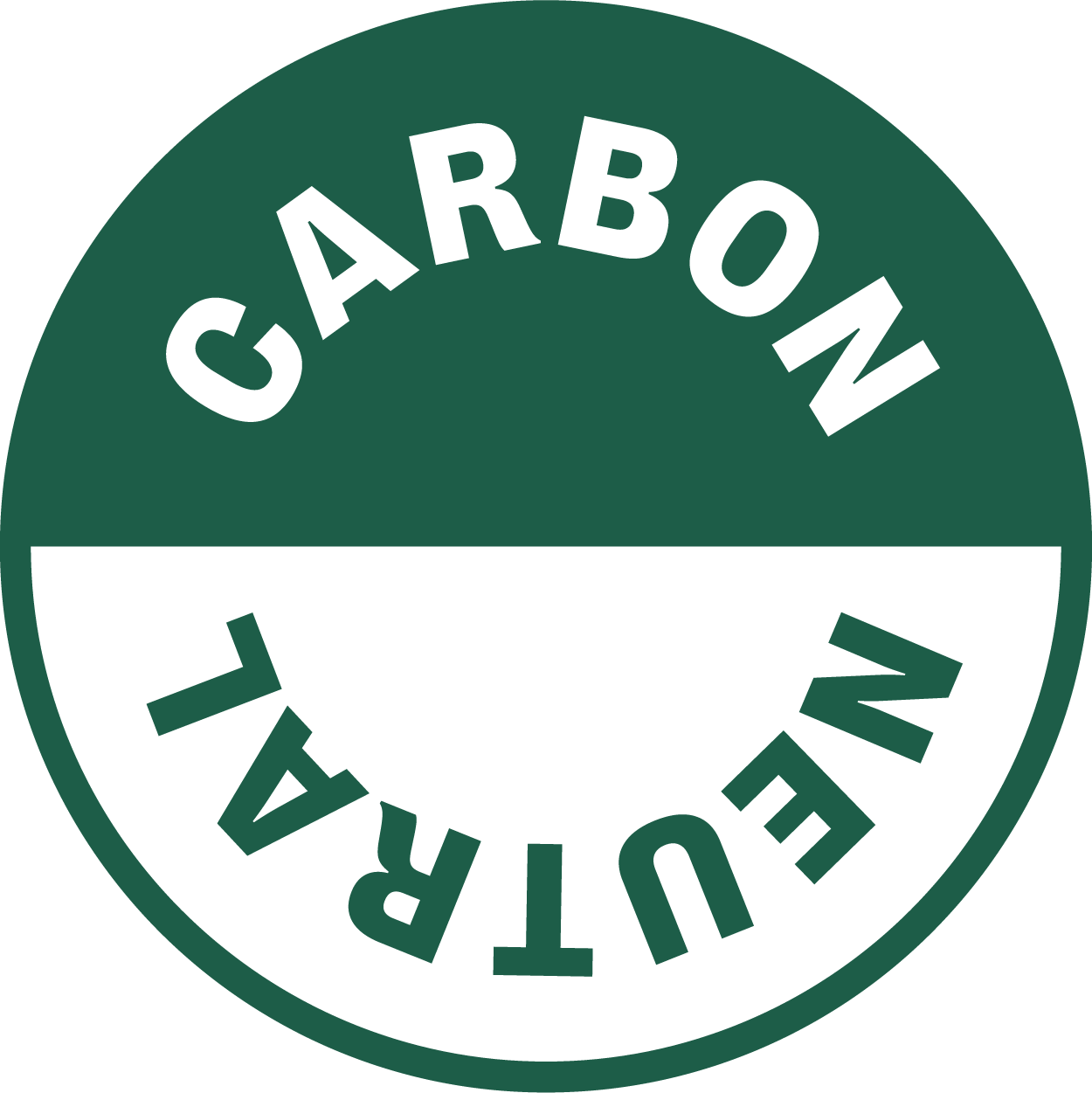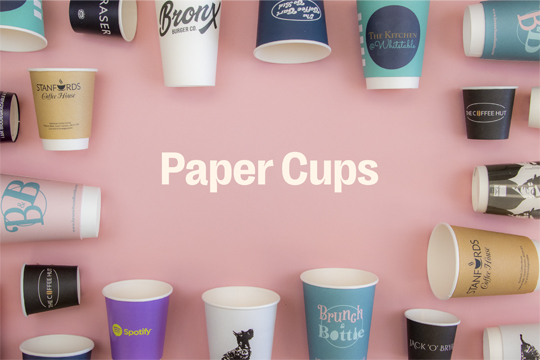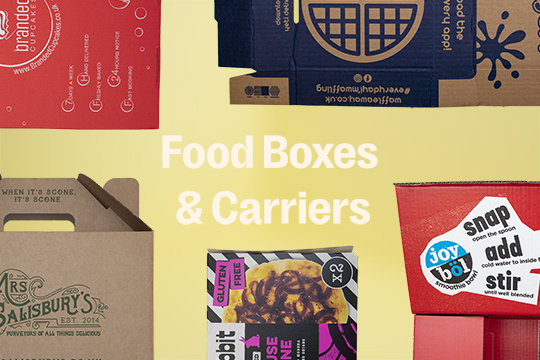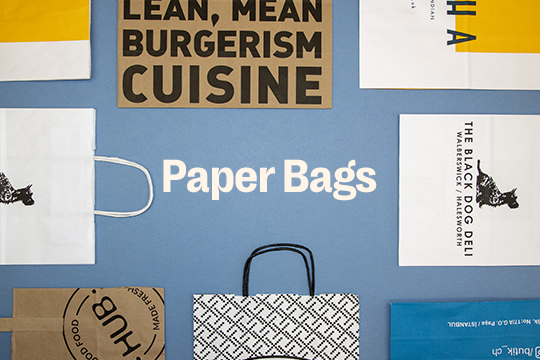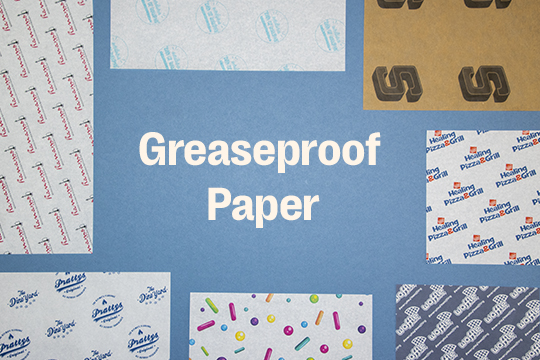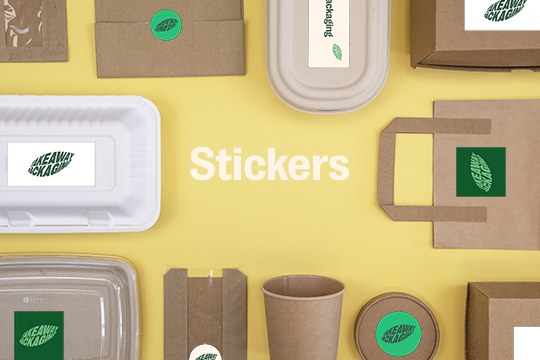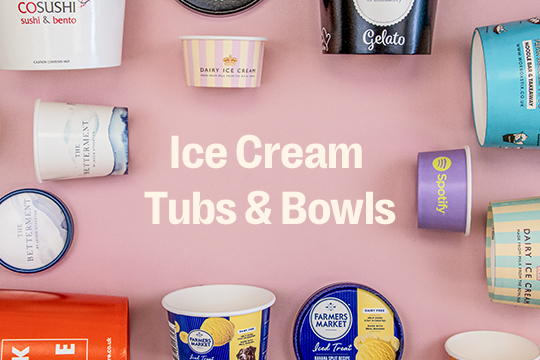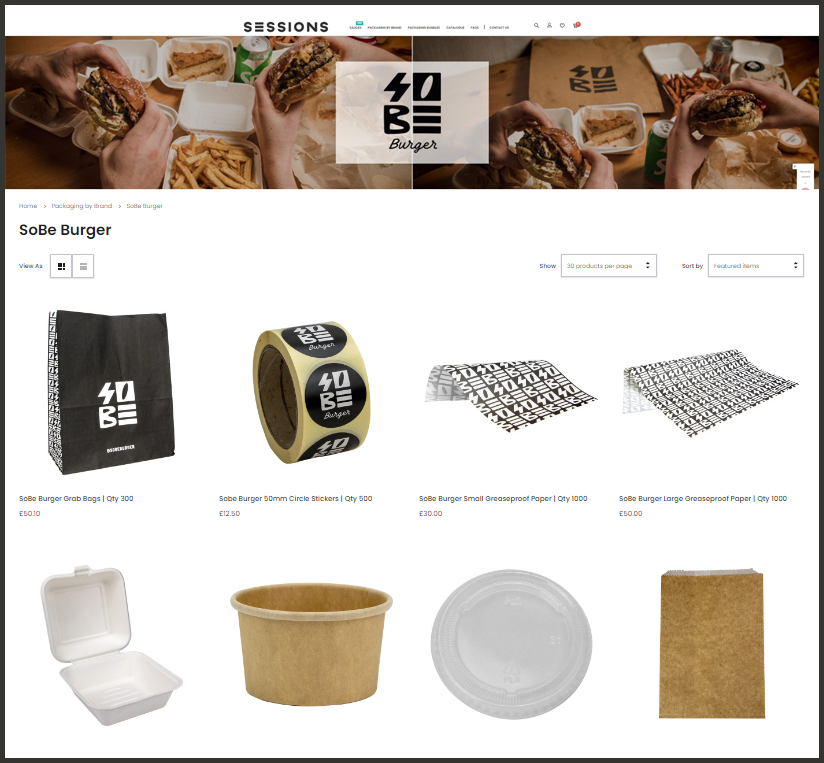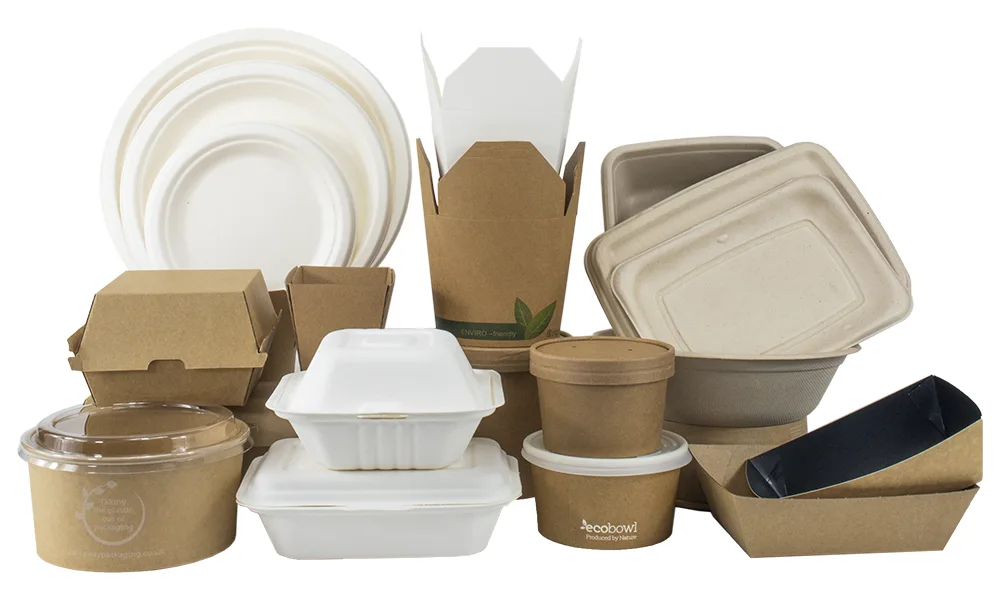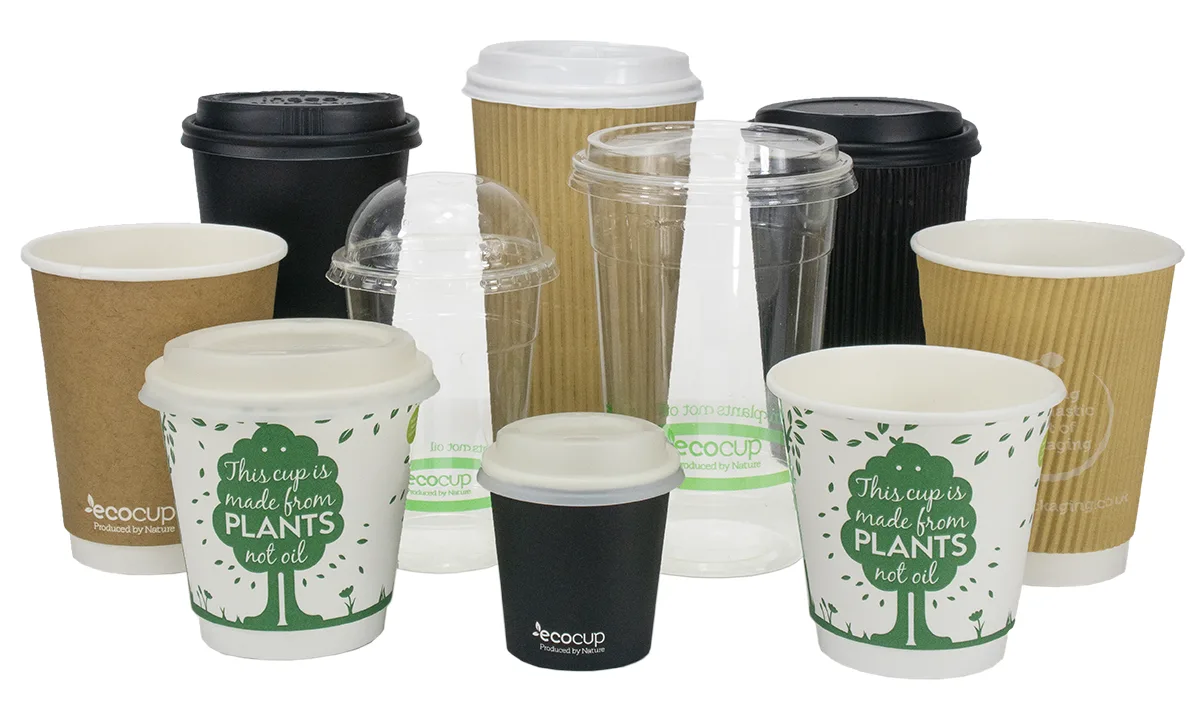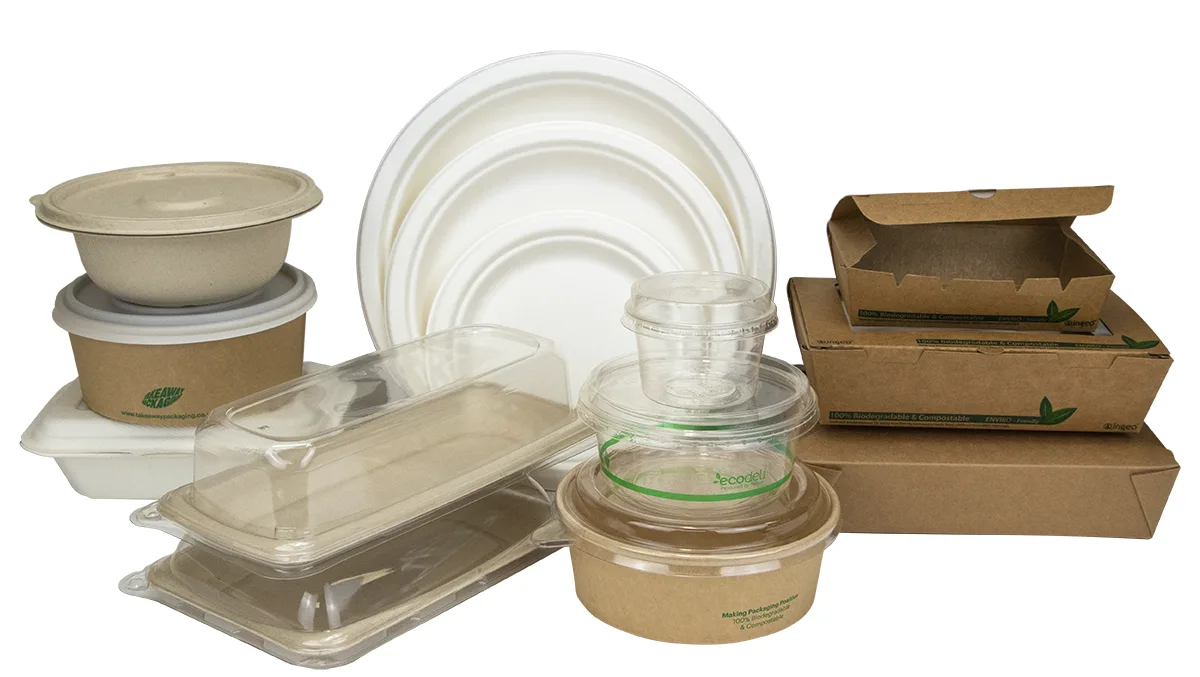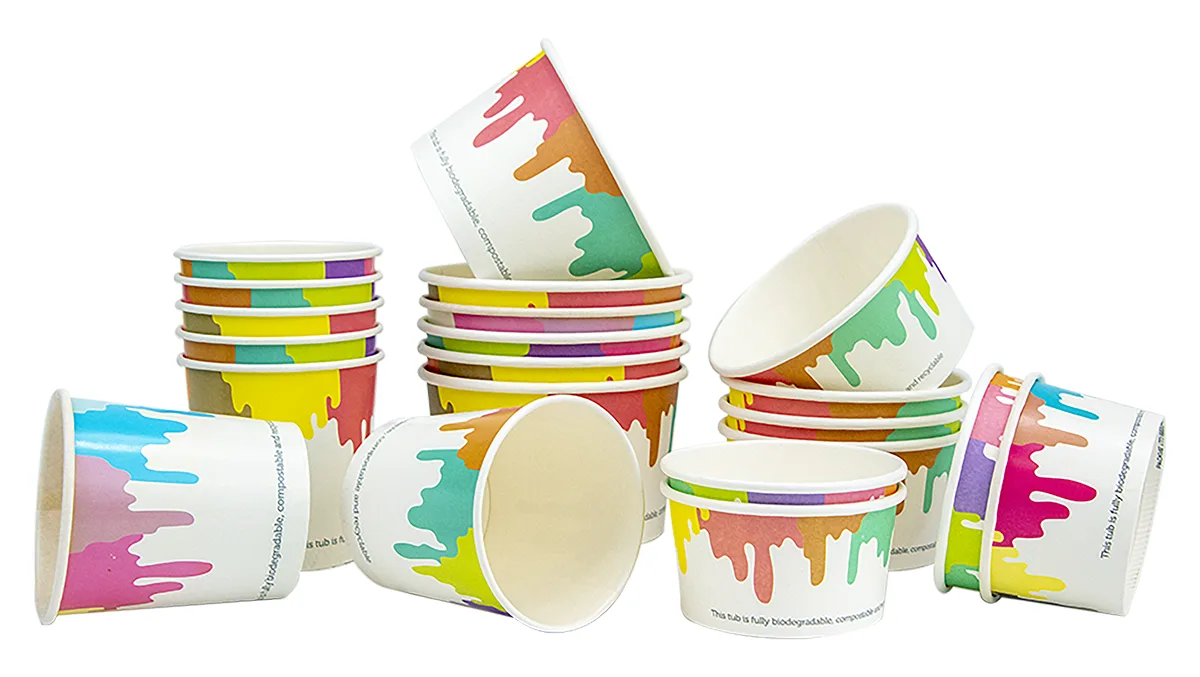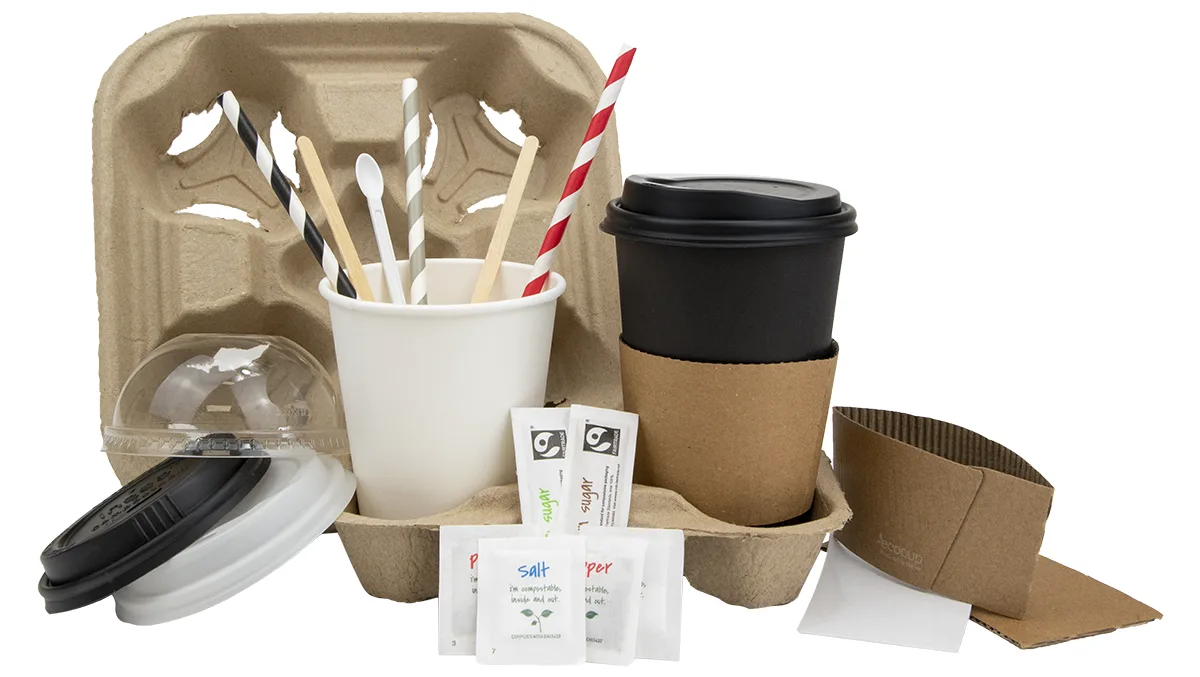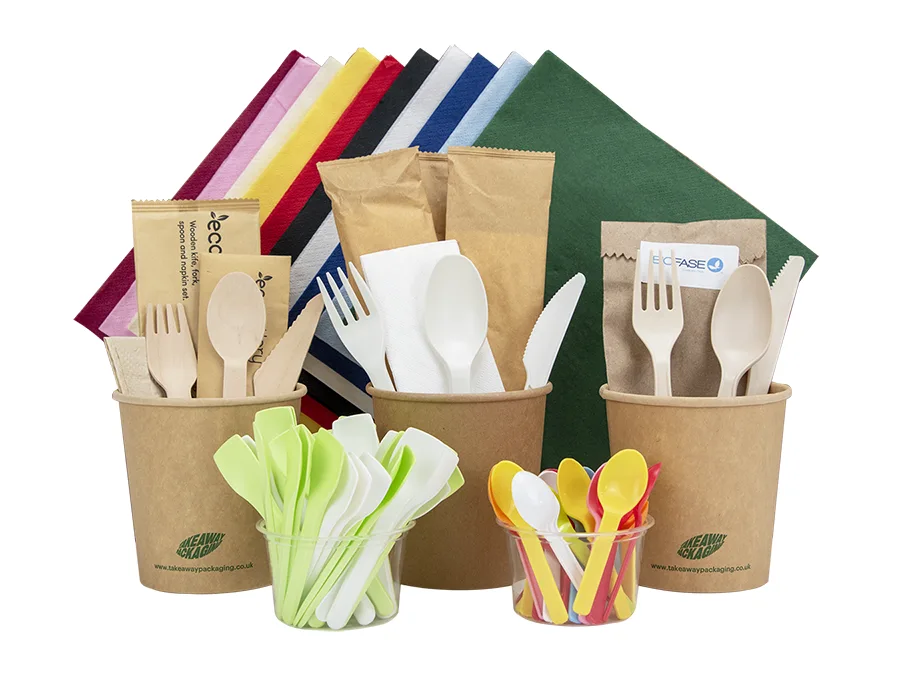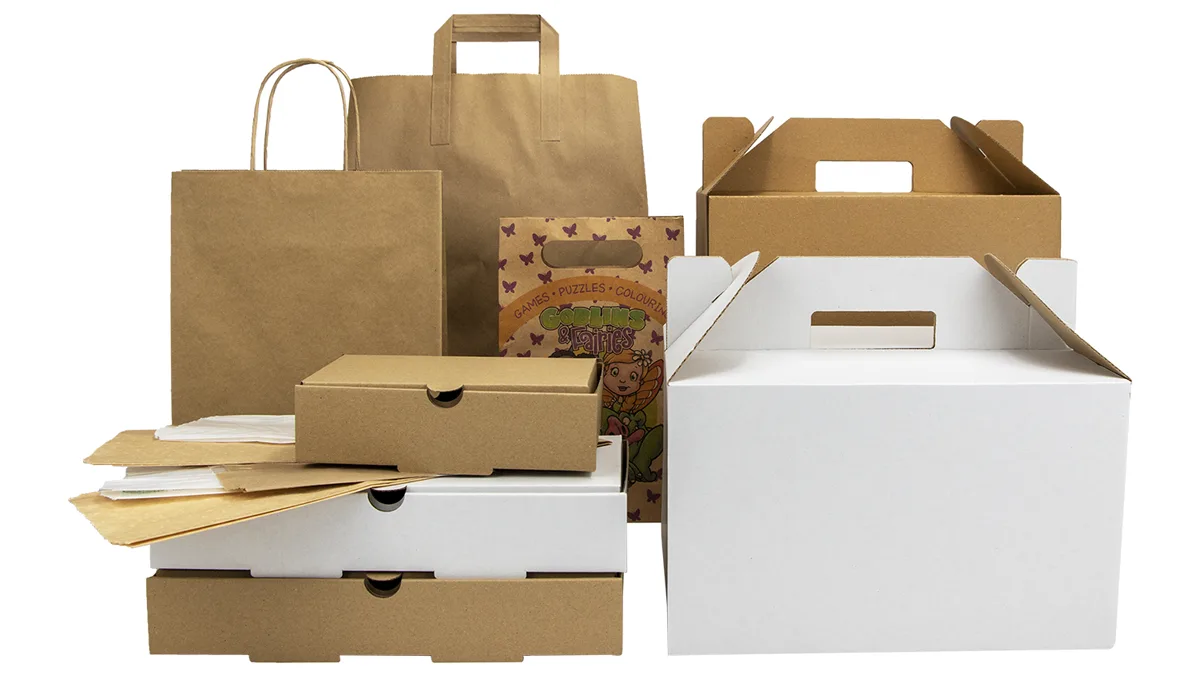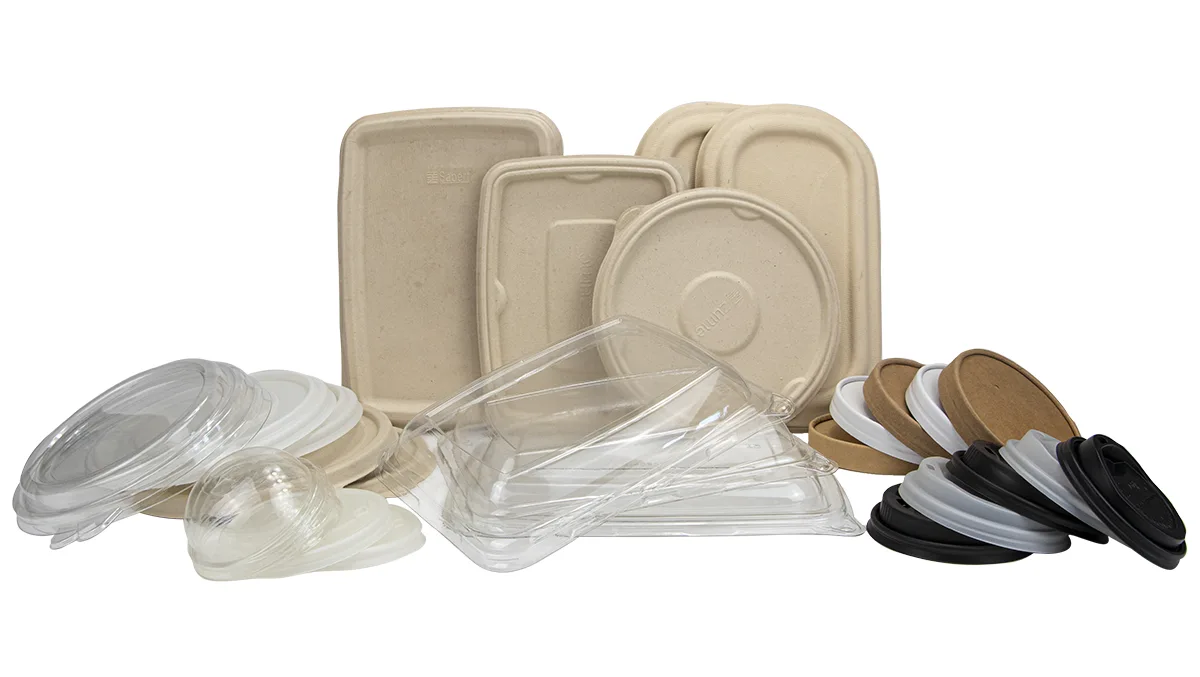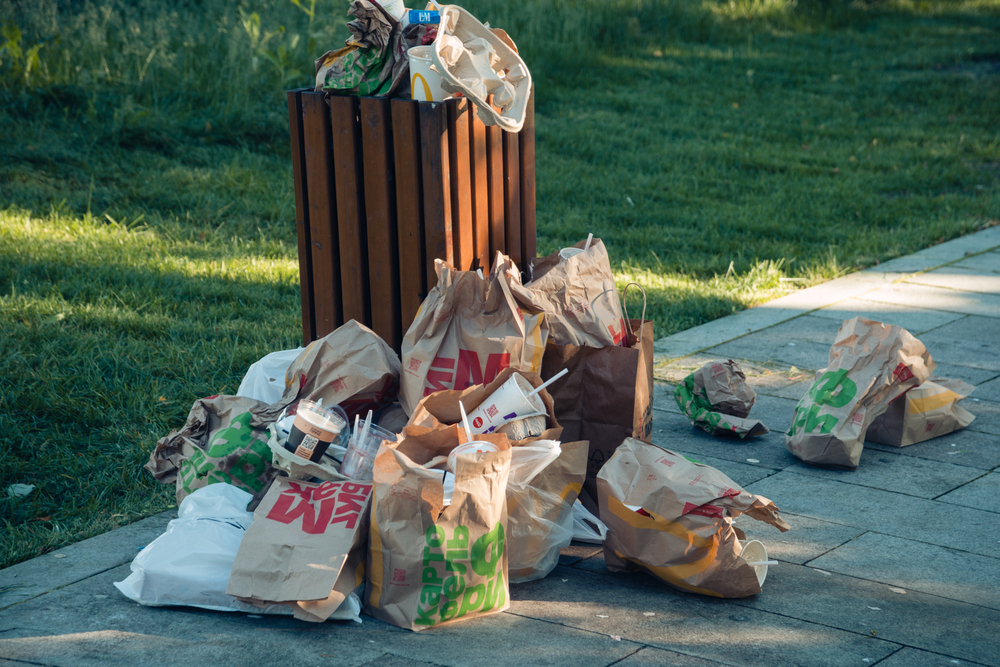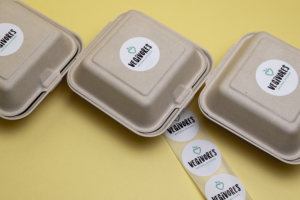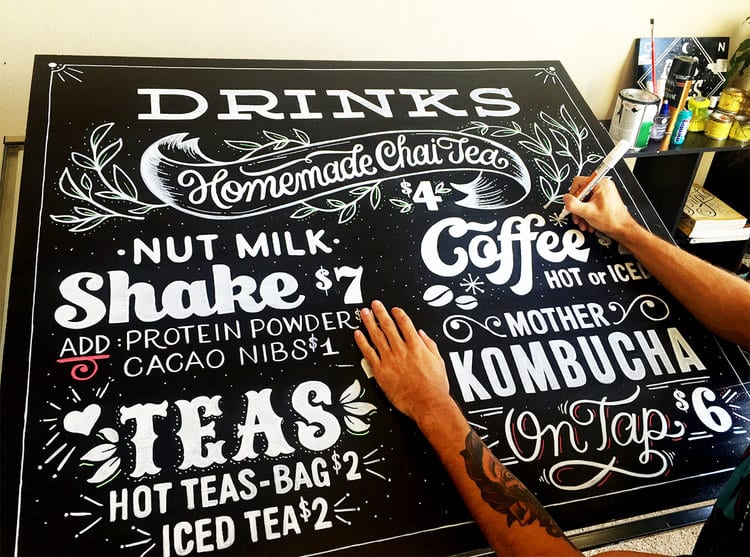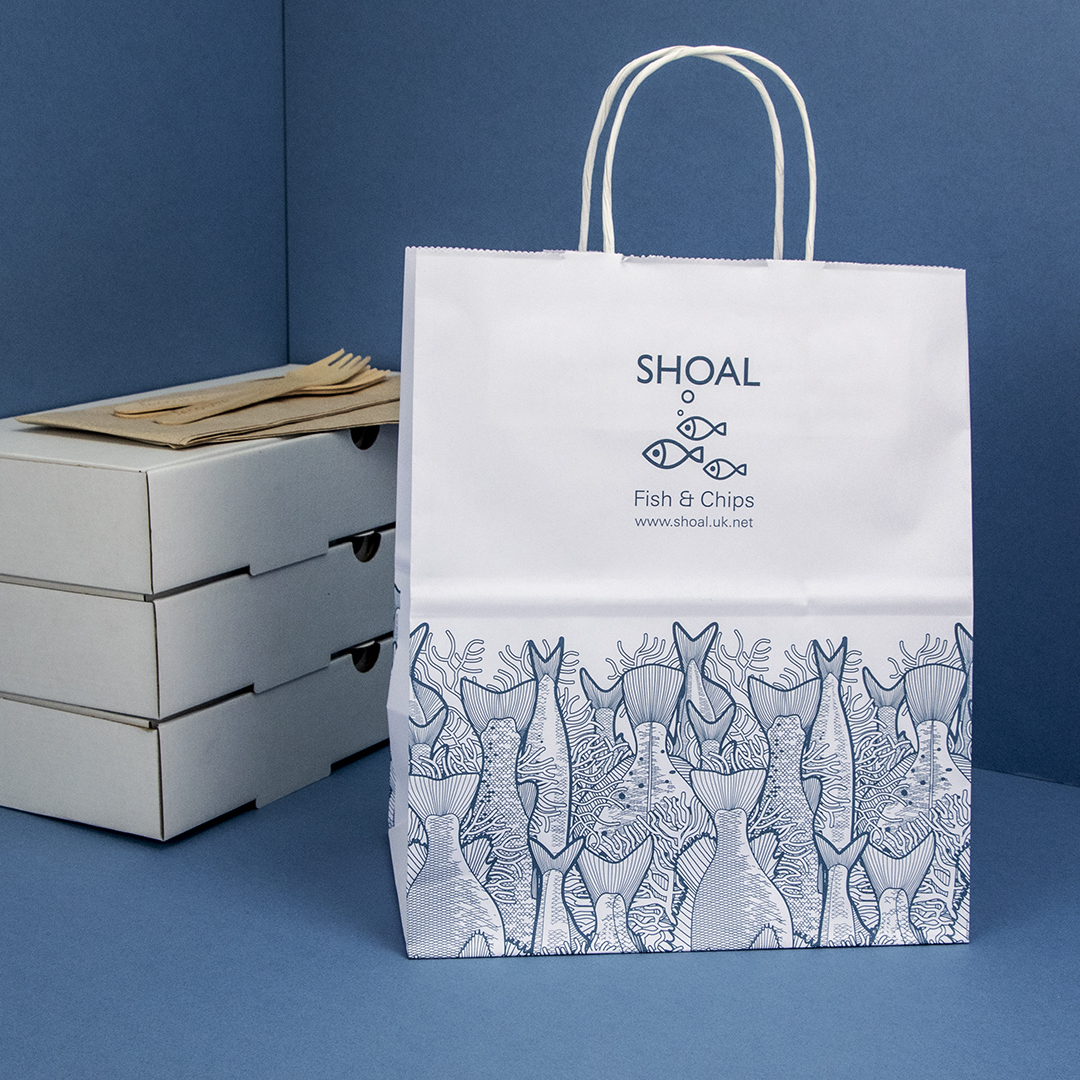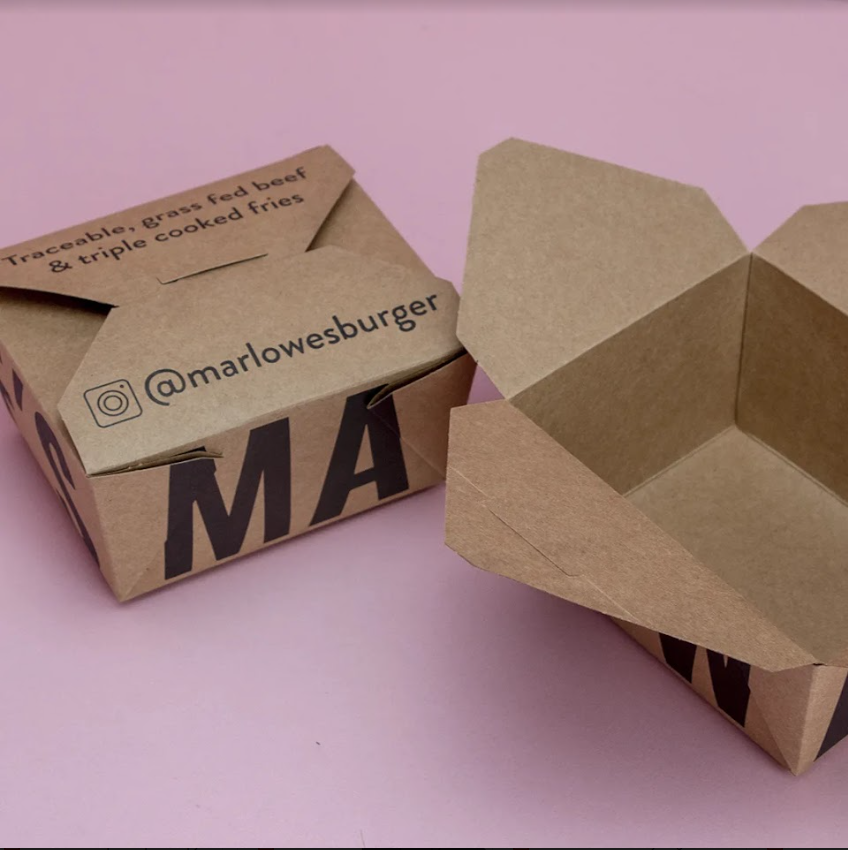From city centres to country lanes, you’ve undoubtedly come across your fair share of litter. In the past few years, littering has become such a problem that there will be much heavier fines for litter, graffiti and fly-tipping.
If you’re caught littering, you could be fined up to £500 under the proposed changes by the government — that’s 233% more than the previous fixed penalty.
Unsightly images of littered locations typically feature fast-food packaging, drinks cans and plastic bottles as the main culprits. These kinds of issues — and this kind of waste — have been a prevalent problem for years. Plastic litter started appearing in our oceans and ecosystems back in the 1960s, just as plastic started to be mass-produced.
Fast-food restaurants and outlets produce a tremendous amount of packaging waste, from disposable cups and food containers to all kinds of bags and carriers.
But how bad is the food packaging waste problem, and what are the latest fast-food packaging waste statistics in 2023?
Fast-Food Packaging Waste Facts
In the UK, it’s estimated that 2.2 million tonnes of plastic packaging enter the consumer market every year. In 2019, a survey found that the UK generated around 11 billion items of packaging waste in a year. A study of 1,200 workers found that the average lunch order had four packaged items, including sandwiches, crisps and snacks.
You might think that four individually wrapped food items don’t mean much in the grand scheme of things, but let’s look at the bigger picture. Think about the many thousands of sandwich bags that need to be disposed of in a week.
Over a week, these people could produce 20 separate items of non-recyclable packaging waste. That average might easily equate to 80 or more missed opportunities to reuse or recycle food packaging in a month.
This means that the average person who bought their lunch every day from a supermarket, fast-food outlet or other takeaway services could generate nearly 1000 separate pieces of rubbish per year. The worst part? Around 46% of plastic packaging is collected for recycling, and much of it isn’t recyclable.
What Are Fast-Food Companies Doing about Packaging Waste?
Those numbers leave a bad taste in your mouth, so what are fast-food businesses doing about the problem? Surely they’re the ones who should be held accountable for producing unrecyclable, non-biodegradable waste?
The internationally recognised fast-food chain McDonald’s produces about three tonnes of packaging waste every minute, almost two million tonnes of packaging waste a year. That’s a lot of rubbish, so what are fast-food companies doing to mitigate this?
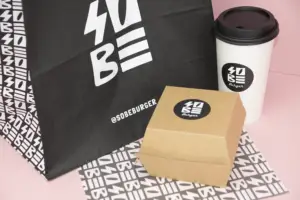 Featured: Eco-Friendly Packaging for SoBe Burger
Featured: Eco-Friendly Packaging for SoBe Burger
How Are Fast-Food Businesses Tackling Packaging Waste?
It’s clear that businesses have a significant environmental problem on their hands. Some companies are even accused of intentionally treating their packaging with harmful chemicals, so you might be asking yourself, “are fast-food companies doing enough to solve the packaging waste problem?”
Let’s take a look at the food packaging waste statistics for 2023:
McDonald’s
McDonald’s latest statement about its packaging and waste management processes is hopeful, stating that the company aims to “source 100% of our guest packaging from renewable, recycled or certified sources by 2025”.
Starbucks
McDonalds is joined by Starbucks in investing $10 million into the NextGen Consortium. This project aims to bring leading brands, manufacturers and industry experts together to reduce food service packaging waste. As part of Starbucks’ Planet Positive commitment, they aim to: “create a cultural movement towards reusables by giving customers easy access to a personal or Starbucks-provided reusable cup for every visit”.
Burger King
Other fast-food restaurants are also trying to tackle the environmental issues that fast-food packaging creates. Burger King recently became the first UK fast-food company to start trialling reusable and returnable fast-food packaging. This is part of their “Burger King for Good” plan, where they aim to source all their timber and paper used for food packaging from responsibly managed forests.
KFC
Looking “Behind the Bucket”, KFC’s key environmental goal is to become a fully circular zero-waste business by 2035. If that wasn’t ambitious enough, the fast-food chain is aiming to become a net zero-carbon business by 2040 or sooner.
Further afield, KFC Singapore ran a six-month pilot program in which all biodegradable fast-food packaging and food scraps were converted into plant fertiliser. This was only made possible using biodegradable packaging made using a mixture of paper and corn or sugarcane fibres, much like our bagasse packaging.
Subway
The brand behind the iconic “Eat Fresh” slogan is also making headway with its packaging. To reduce packaging waste, the brand is set to make 100% of its packaging recyclable, compostable or biodegradable. Subway’s sustainability targets also aim to increase recycled content in paper and plastic packaging, as well as working to increase recycling rates in-restaurant and for their takeaway delivery services.
Domino’s
Domino’s wants to achieve zero waste to landfill, but there’s a longstanding debate around pizza packaging and whether you can recycle pizza boxes.
Domino’s says you can recycle their pizza packaging at home, while some councils have banned greasy food boxes for recycling, stating that excess grease, oil and moisture make the packaging impossible to process effectively.
The pizza chain responded, stating that their pizza boxes are 100% recyclable and made from 70% recycled material, with the remaining 30% Forest Stewardship Council (FSC) assured. But since not all recycling facilities can recycle their packaging, they recommend “checking with your local council for details”.
Are Fast-Food Brands Doing Enough?
Some fast-food companies are taking action in line with the rise in eco-consciousness amongst consumers and brands in the last few years. But as the food-on-the-go market continues to rise, more waste is being produced than ever before.
So what can other businesses do to counteract the harm of an ever-growing market of convenience-hungry consumers?
Related: Can You Recycle or Reuse Plastic Takeaway Containers?
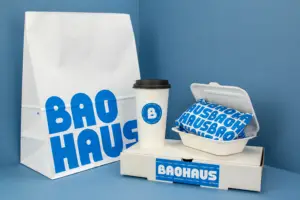 Featured: Plastic-free Packaging for BAO HAUS
Featured: Plastic-free Packaging for BAO HAUS
Eco-friendly Packaging Products and Food Waste Reduction
When dealing with a problem of such magnitude, it’s important to remember that any positive change can make a sizable difference to your business, customers and community.
You’ve probably heard that environmentally friendly packaging can effectively reduce fast-food packaging waste, but how?
Recyclable, recycled, biodegradable and compostable packaging has numerous advantages. They can:
1) Reduce the amount of non-recyclable waste produced by businesses and consumers, decreasing the number of waste products in landfills.
2) Put more emphasis on sustainability and sustainable culture, encouraging recycling and using renewable resources to create packaging.
3) Help businesses win more environmentally conscious customers, allowing them to diversify their markets and appeal to wider audiences.
4) Be more aesthetically pleasing and often more practical than non-sustainable counterparts.
5) Be more cost-effective, reducing the financial burden of the Plastic Packaging Tax.
Eco-friendly packaging directly tackles the significant environmental issues caused by single-use plastic packaging. Like those often used in the food service industry, plastic containers have low recyclability and reusability. Still, the good news is that alternatives are widely available, and more innovative and eco-friendly solutions are always in development.
What Does the Future of Fast-Food Packaging Look Like?
The future of fast-food packaging looks promising. Influential global brands are reducing packaging waste and adopting sustainable packaging.
A few trends are set to come into play in 2023 and beyond:
1. Minimising Usage of Plastic Packaging
Plastic packaging has a few undeniably useful properties, but it should be used sparingly as takeaway packaging. For the most part, you can replace plastic packaging with plastic-free alternatives, but packaging like FastPac containers offer some great benefits. They’re leakproof, microwavable and either reusable or recyclable, making them ideal for hot and cold food items.
2. More Biodegradable Single-Use Packaging
Single-use packaging offers unparalleled convenience for businesses and consumers, but it can be problematic if it’s made of non-biodegradable materials. Not all consumers can dispose of their packaging in a way that benefits the environment, even if it’s designed to be recyclable.
This has naturally led to increased organic plant-based packaging that can be disposed of in general waste with minimal environmental impact compared to plastic-based packaging products like polystyrene.
3. Closing the Loop with Reusable Packaging
Reusable packaging has seen a significant uplift in recent years. Several improvements have been made in packaging materials and the management and logistics of reusable packaging, making it more accessible to consumers and brands. Metal and glass are sturdy materials that can easily be cleaned or recycled, allowing consumers to return their packaging to stores or centres for reuse.
Examples of Sustainable Packaging for Fast Food
Sustainable packaging is readily available for eco-conscious businesses in the food service industry to take advantage of:
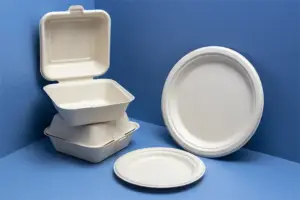 |
Bagasse Is Better than PolystyreneYou can switch out your polystyrene packaging for compostable bagasse clamshell containers, a 100% plastic-free alternative. This packaging keeps hot or cold food fresh for longer and is made from the by-product of bagasse sugarcane, Unlike their polystyrene counterparts, these clamshells contain natural fibres that don’t absorb oil and water. Plus, Bagasse sugarcane is an example of a renewable, natural material that can be composted straight after use. We think that’s a big win for the environment. |
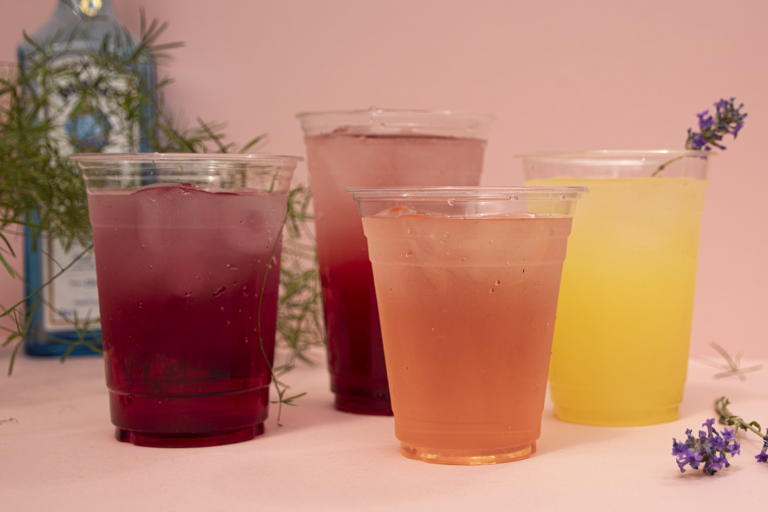 |
Bioplastic Cups Beat Traditional Plastic CupsFor cold drinks, traditional plastic cups can easily be substituted with clear bioplastic cups made from PLA (polylactic acid. This natural compound will degrade naturally over a much shorter time than regular plastic. These handy cups are manufactured using plants and not fossil fuels. As a result, they’re far better for the environment without compromising functionality. |
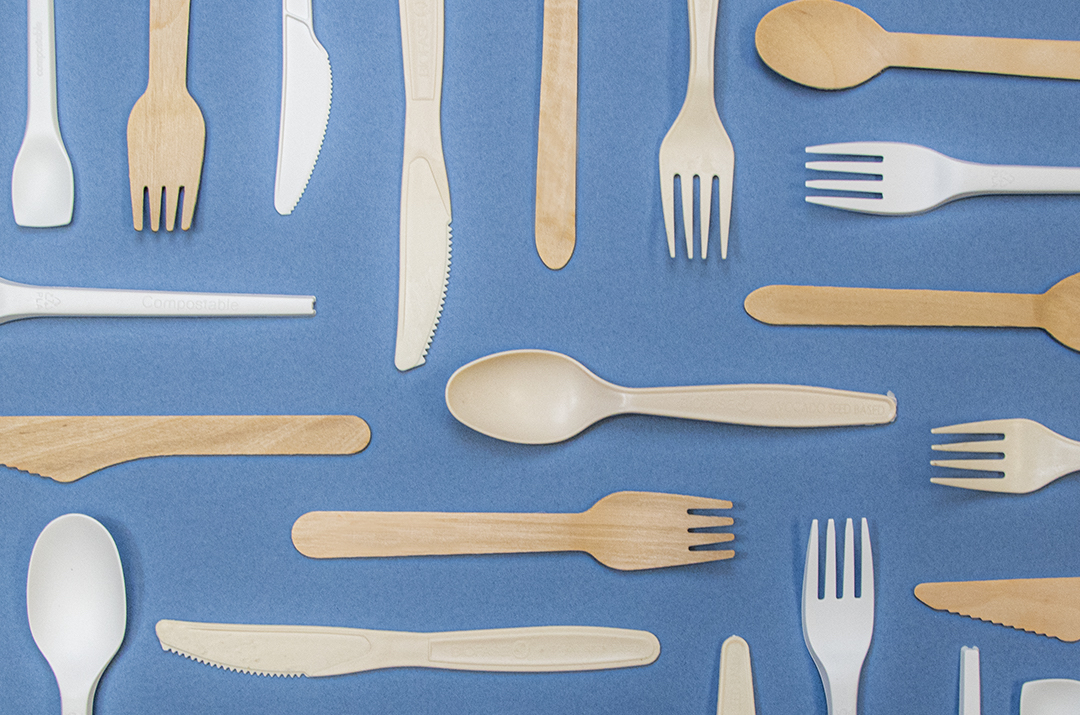 |
Alternatives to Plastic Cutlery and AccessoriesThe sky’s the limit with eco-friendly packaging accessories. You can swap out plastic cutlery for sustainable cutlery and napkins made from naturally eco-friendly materials, from birchwood to avocado seeds. With so many exciting developments and innovations already in the works, we’re excited to move towards a greener future for takeaway packaging.
|
Changing the World, One Takeaway at a Time
What can you do right now if you’re an eco-conscious fast-food service to turn the tide on fast-food packaging waste? Investing in eco-friendly packaging products like food-grade pizza boxes or biodegradable Kraftware is an excellent place to start. Global fast-food giants are beginning to follow suit, but a healthy planet is a shared responsibility between businesses of all sizes and their consumers.
You can reduce your carbon footprint with eco-friendly products like those previously mentioned, and you’ll also be helping society as a whole to pay more attention to the products they buy and how they dispose of their packaging.
Check out our range of eco-friendly packaging products and positively impact the environment with your takeaways. Get in touch for a FREE branded packaging quote in just 48 hours.

